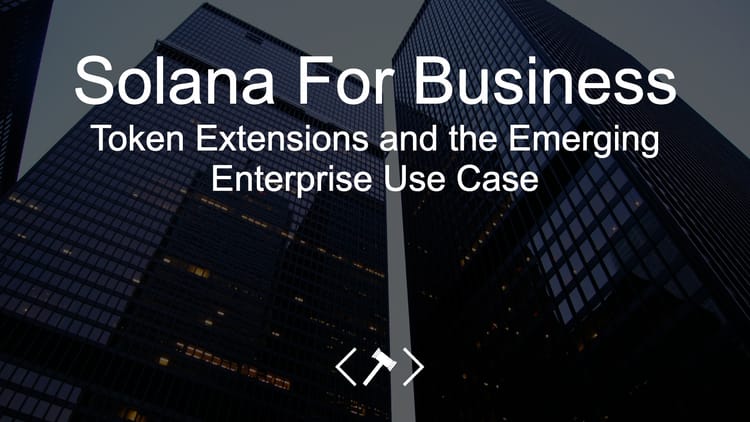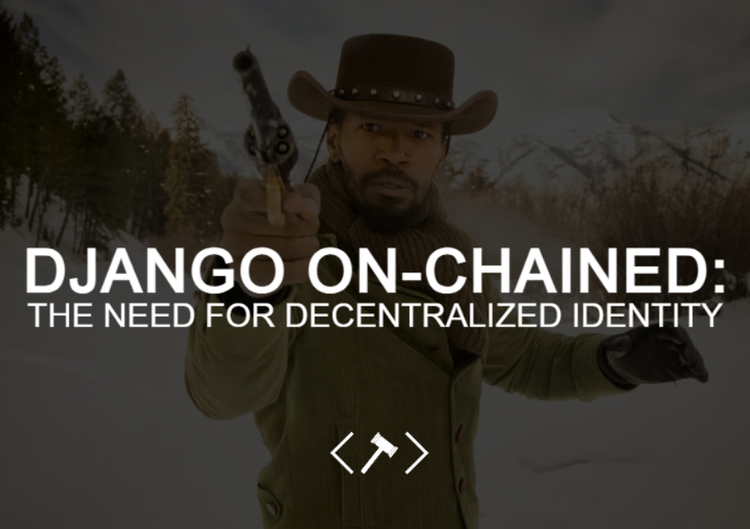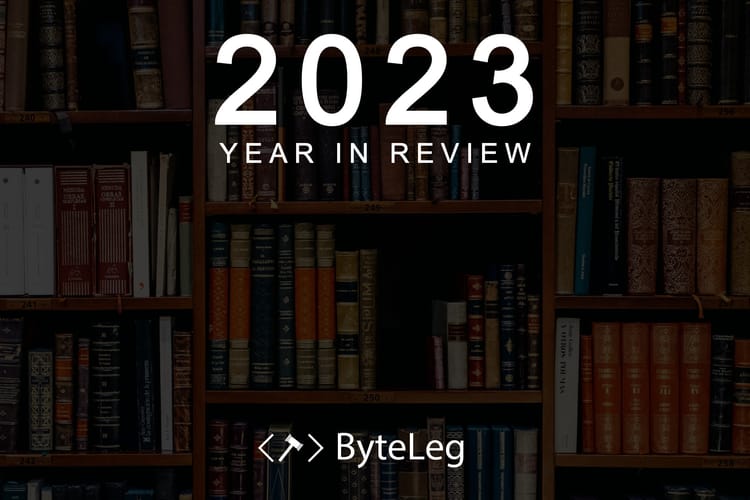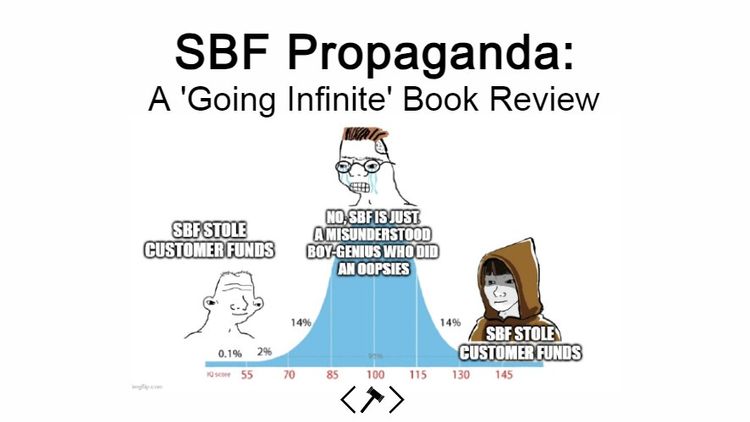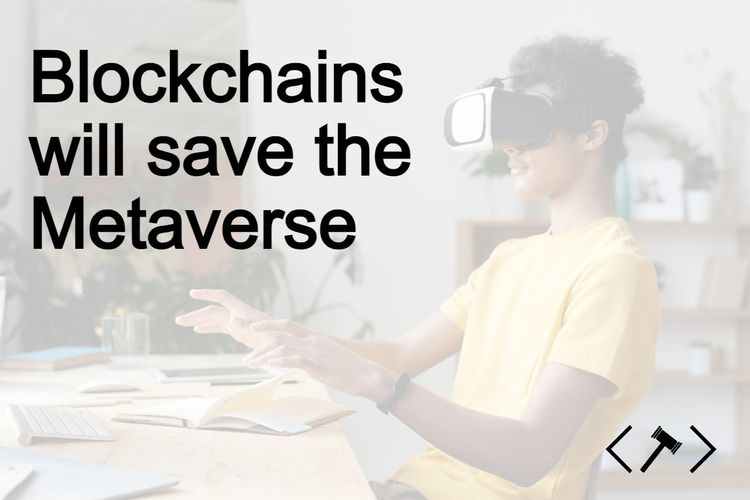A Time To Build
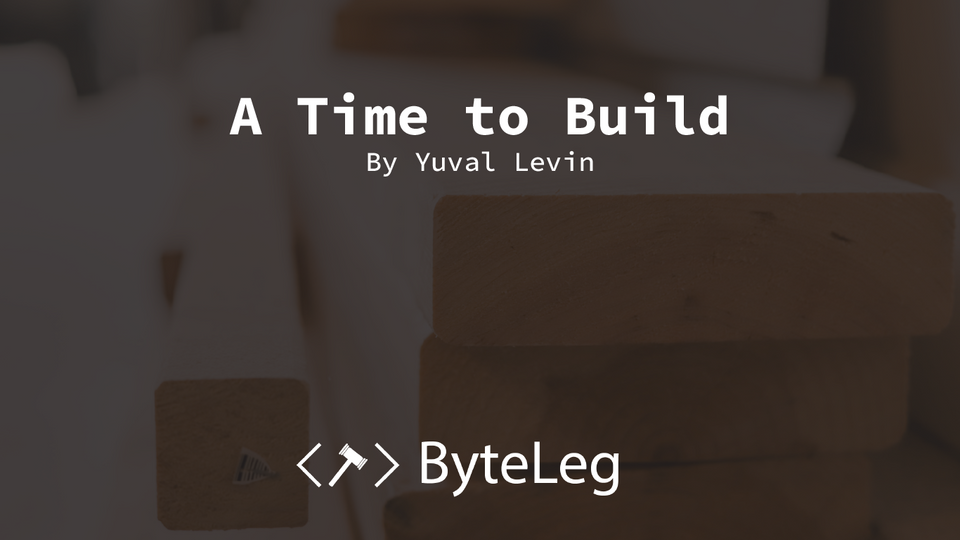
Partisanship and resentment in America is the highest it’s been in living memory. Books like Divided We Fall by David French and Why We’re Polarized by Ezra Klein each sell thousands of copies trying to get at a fundamental question: why do Americans seem to hate each other now more than ever?
Yuval Levin, the Director of Social, Cultural, and Constitutional Studies at the American Enterprise Institute, first wrote on these issues in his 2016 book The Fractured Republic. His most recent book, A Time to Build, presents a path out of the seemingly endless partisan cycle.

What's Going On?
A Time to Build argues that the source of American disillusionment is from a decline in institutions throughout American life. Institutions – the Catholic Church, the family, Congress - are being hollowed out and used as platforms to pillory each other in the culture war.
Levin opens by noting that from 2000 to 2020, the suicide rate in America rose 30 percent. When combined with overdoses, deaths related to alcohol, and other so-called deaths of despair, it paints a picture of crisis in America. Now, more than ever, Americans are feeling isolated, alienated, and desperate.
According to Levin, institutions have two defining features: they have a durable form and are a form of association. Examples of institutions include the Catholic Church, the New York Times, Congress, a sports team, the family, and a local community. Institutions are long term social commitments people devote themselves to and are easily distinguished from one another by the type of person they produce. Institutions require us to ask, “given my role here, how should I act?” For example, given my role as a husband and father, how should I act in this situation?
Levin argues institutions are in decline because instead of seeking to be molded by an institution, people are seeking to manipulate institutions to their benefit. This subtle shift in emphasis converts the institution into a stage for the benefit of the individual. The most apparent example of this weaponization of institutions can be seen on televised news media like Fox News or CNN. For example, an economics professor wants to be the chair of their university’s department because, as a more prestigious position, it will allow them to get on TV more often. Instead of using the leadership position to invest further into the study of economics, the economics professor is using their position as a platform to get on TV.
This pattern, of manipulating an institution for personal gain instead of formation, can be seen across several declining institutions. When all institutions become platforms for individuals, they begin to lose all distinction between them; the same drama begins to play out over different stages. The distinctions between journalism and advocacy, Member of Congress and pundit, academic and partisan, have all been eroded to a degree they’re becoming indistinguishable.
Instead of serving as an embodiment of a shared ideals, institutions become another way for people to sling mud in the American culture war.
Examples of the Problem:
Congress – One of the most prominent examples of a broken institution highlighted by Levin is Congress. Members of Congress have the power to write legislation and change the law, yet it feels like many would prefer to host an opinion show like Tucker Carlson. Instead of working with other members of Congress to write laws and fix a problem, many Members of Congress prefer to use their position at a platform to get invited onto TV to complain. Levin states “simply put members of congress have come to understand themselves most fundamentally as players in a larger cultural ecosystem the point of which is not legislating or governing but rather performative outrage for a partisan audience.” Congress is more dysfunctional yet more intense than ever.
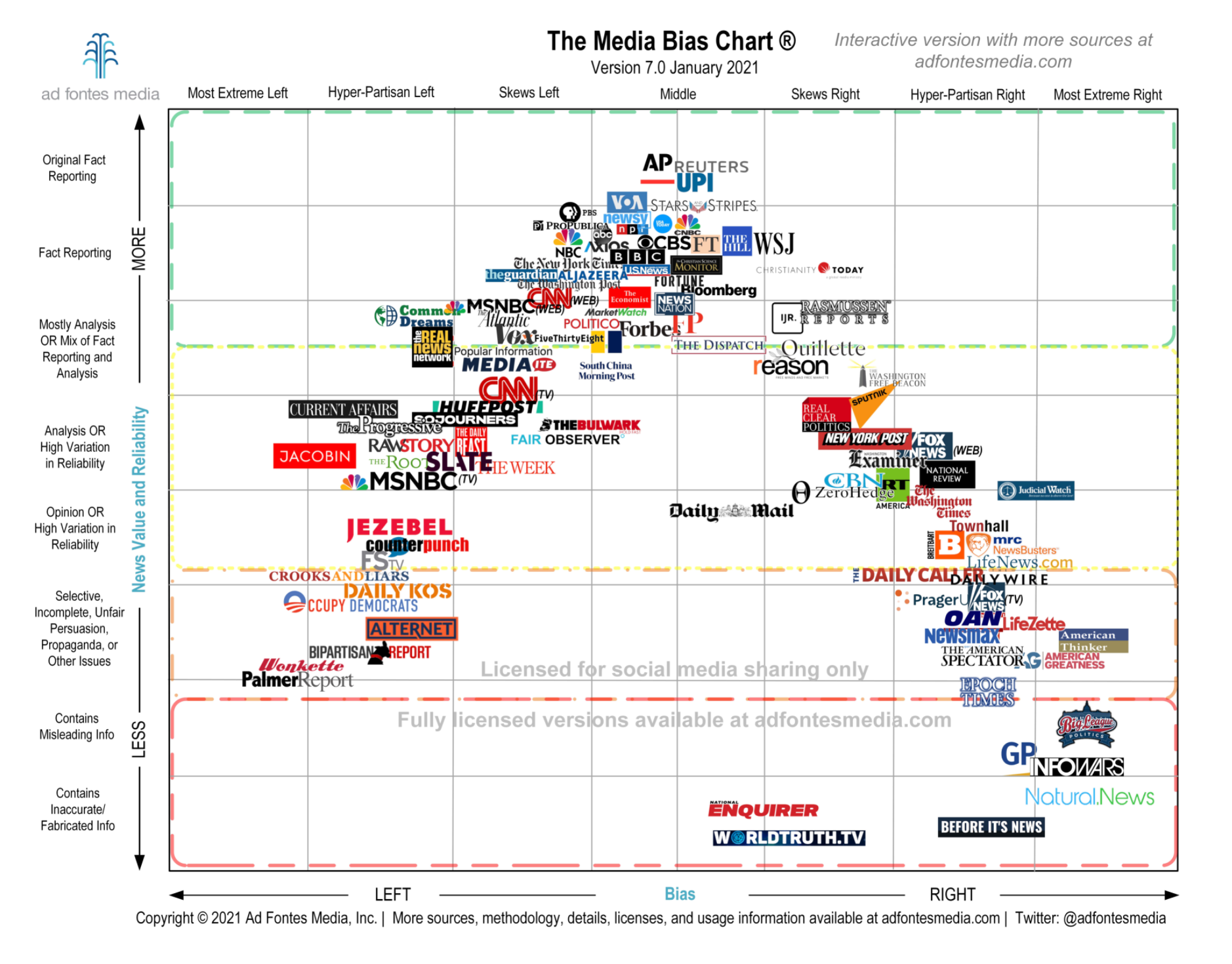
Journalism – The foundation of journalism is trust. Journalism only works if the public trusts that the information being reported is true. Recently, the division between journalism and activism has eroded considerably, deeply shaking the trust people place in the information they’re receiving. We live in an age of media spin. Bias charts, such as the one above, demonstrate this point. The press, through framing and agenda-setting, have the power to push lies and distort reality. With this great power comes great responsibility. Unfortunately, in an age where journalists care more for personal celebrity reporting standards are difficult to enforce, creating a race to the bottom. Levin argues that while there’s no simple solution, journalists must recognize they are part of the problem and should seek to support institutions instead of attaining celebrity status.
Academia – Levin argues there are currently three competing visions for academia: 1) give people the skills they need in the workforce, 2) give students a consciousness to meet the moral demands of the day and, 3) give a rising generation the wisest and deepest wisdom of our civilization. The mixture of these three visions creates American academic culture, and it’s this culture which is the problem. Modern academic culture focuses on the purification of campus instead of the true purpose of the university: the discovery, development, amassing, examination, and application of knowledge. Universities and the academy become a stage to fight oppression instead of building knowledge.
Family – Everyone is born into a family, for good or for ill. A successful family molds and shapes its members and serves as a foundation for life by providing each member a role, instructing children in ethics, and departing customs. Each of us are likely to do things for blood relations that we would never do for friends. America is currently experiencing a collapse of the family with 4 in 10 children born into a single parent household. Family has become something we choose, not something we’re born into. While adding personal relationships is an important step for those in broken homes, the acceptance of broken homes makes the family more about individual choice than about the unit, as if we all were born fully realized autonomous individuals. Levin argues we downplay the importance of the family to avoid the difficult questions it suggests about individual decisions.
Religion – In 2020 a long-running Gallup poll found that only 47 percent of Americans belong to a church, a decline of 20 percent in 20 years. Levin argues that America is not experiencing a rapid surge in secularism but instead a decline in trust and confidence in the church as an institution. Levin argues religious institutions are struggling not because they are being attacked but because they are failing to meet their obligations. The Catholic Church is corrupted by the sexual exploitation and the Evangelical church is corrupted by pastors overly concerned with politics at the cost of their public witness. The church, traditionally a place of deep requirements, is being manipulated for the benefit of a few powerful leaders.
Solutions:
Levin presents a number of solutions to the problem, most notably is the need for broad recommitment to institution building. Americans should think less of how an institution can be manipulated towards their benefits, but how they can help achieve the corporate mission

The most enriching institutions require a lot from it’s members. Importantly, institutions shift our time-horizons from short-term to long-term. The most ambitious long-term goals can’t be accomplished by oneself, and chasing these goals together helps provide meaning and purpose to our lives. Loyalty to a team, school, or profession comes from the shared ethos of what it means to be a part of it.

Collapsing Identities
In Ezra Klein’s book, Why We’re Polarized, he argues that partisanship comes from what he calls “collapsing identities.” Essentially, Americans are self-selecting into two distinct tribes with different characteristics and little cross over. For example, how many gay, vegan Republican journalists are there? Or, how many gun-carrying, church-attending, mechanic Democrats are there? A Time To Build compliments this idea by arguing that institutions which were previously shared by the two tribes are declining. A shared faith background, football team, or bowling league can provide a bridge across a chasm of disagreement. Siloed echo chambers of agreement form, creating “us” on the inside and “them” on the outside. To decrease partisanship in America, we all need to invest in institutions we can hold in common.
Room for Thought
One Levin’s more compelling ideas is the need for spaces without transparency. Levin argues that while transparency is important to preventing corruption and abuse, too much transparency eliminates the ability for internal discussions and negotiations. When there is no room for honest internal discussions over the direction of an institution it becomes indistinguishable from the context around it. For example, Congress is filled with C-SPAN cameras, providing needed transparency and accountability for an institution with a lot of power. However, cameras have evaded every aspect of Congressional life such that Members become more concerned with their perception on CSPAN than how they’re perceived by their colleagues. Members frequently give rousing speeches to an empty House of Representatives. When voters are watching everything, no concessions can be made and no true negotiations can occur. This pushes true negotiations out of the spotlight to the staff level, which is why most legislation passes the House of Representatives either by unanimous consent or by a party line vote. This environment makes it difficult to distinguish between the expert and the charlatan. Levin argues institutions like Congress need to have space for true internal discussions where disagreements can be truly hashed out.
Social Media
When A Time To Build was first released, Levin’s take on social media was a much more philosophically grounded conception of what was wrong with social media. Levin argued social media is incentivized to keep attention and drive clicks by enraging its user. This argument was widely popularized by the 2020 film The Social Dilemma. However, in the time since A Time to Build was released, a number of interesting new business models have appeared. For example, Substack, a paid newsletter subscription, is deeply challenging the advertising only model of the largest social media. One such Substack newsletter is The Dispatch, a “a digital media company providing engaged citizens with fact-based reporting and commentary on politics, policy and culture—informed by conservative principles.” The Dispatch and Substacks like it are carving a new path for media and social media that isn’t based on driving advertising. This new business model is one reason The Dispatch is firmly in the center of the above Ad Fontes Media bias chart.
Digital Institutions
One idea Levin misses is the opportunity to build digital institutions and community. The COVID-19 pandemic, telework, and the maturation of blockchain technology enables exciting new possibilities for digital interactions. For example, DAOs (Decentralized Autonomous Organizations) are rapidly growing communities which were impossible prior to blockchain technology (explainer 1) (explainer 2). Balaji Srinivasan has been a longtime visionary in this space with his 2013 pieces “Silicon Valley’s Ultimate Exit” and "Software is Reorganizing the World.”
Levin argues in A Time To Build that institutions are formed for a reason; people don’t coalesce pointlessly. DAOs set a task in front of a group of people and enable them to all truly work on it together. DAOs are to a traditional internet forum as the Google Docs was to emailing a Microsoft Word doc back and forth - collaboration can occur, but it’s not very effective and frustrated everyone involved.
While not possible today, Balaji Srinivasan lays out a vision of how DAOs, blockchain technology, and crowdsourcing could evolve into an incredibly productive system. Currently, the internet mob can only be directed in a negative manner – gang piling, confrontational attitudes on social media, DOXing, etc. However, if this model were flipped, and the mob could truly be used to complete tasks and build together, it would be incredible.
Levin correctly argues that people don’t come together for no reason – they build institutions for a purpose. The best institutions require things of us, and unfortunately this has been impossible because people could always log off and easily leave a community should it require too much of them. Many DAOs are difficult to enter and require a lot of their members.
Further, DAOs are gathering for specific purposes. Kleros is working to build a decentralized court system, TrojanDao is a decentralized investment fund, Yield Guild Games is a play-to-earn guild for NFT’s and the metaverse, Raid Guild is a decentralized collective of developers and other workers to assist in the development of Web3 technology. Each of these communities has an exclusive Discord which help provide the connective tissue between members.
While social media may be terrible now – and it is terrible now – there is potential for the building of true digital institutions. While Levin focuses on rebuilding traditional institutions like Congress and Journalism, we could also look at building entirely new institutions to take on the challenges of the modern era.

